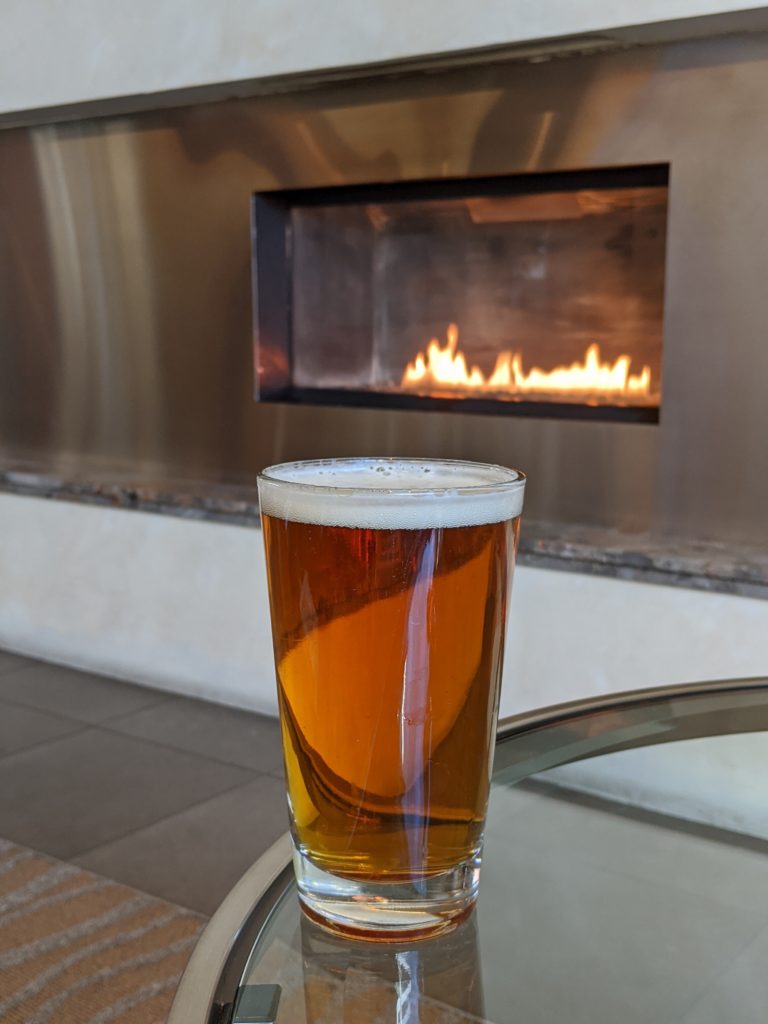
Enjoying a U of IPA in front of the fireplace at Houlihan’s. (Based on @limako’s advice for fighting seasonal depression.)


Enjoying a U of IPA in front of the fireplace at Houlihan’s. (Based on @limako’s advice for fighting seasonal depression.)

I am a little too prone to use black humor to distance myself from the depressing effects of the long, cold darkness of winter, which sometimes leaves people worrying about me unnecessarily. So I thought I’d mention that despite a bit of anxiety over the inevitable turn of the seasons, my mood is currently pretty great.
Beyond just feeling good right now, I’m hopeful. Over the past decade I’ve been handling winters better and better.
The biggest factor, I think, is that I no longer have a job to lose, so I no longer get into the spiral where seasonal depression makes me less productive, making me anxious about losing my job, making me more depressed, making me even less productivity. Sadly, advising others to take advantage of this strategy is not very useful (although I do and will continue to support and advocate for either a citizen wage or a guaranteed job).
Putting early retirement aside as impractical for most people, I thought I’d briefly summarize my other current practices—mostly ordinary coping strategies—both as a reference for myself any time I start to feel my brain chemicals coming on, and perhaps as a resource for other people. Here’s what’s working for me:
I have a few new possibilities up my sleeve:
That’s what I’ve got at the moment, but I’m always on the lookout for things to alleviate seasonal depression.
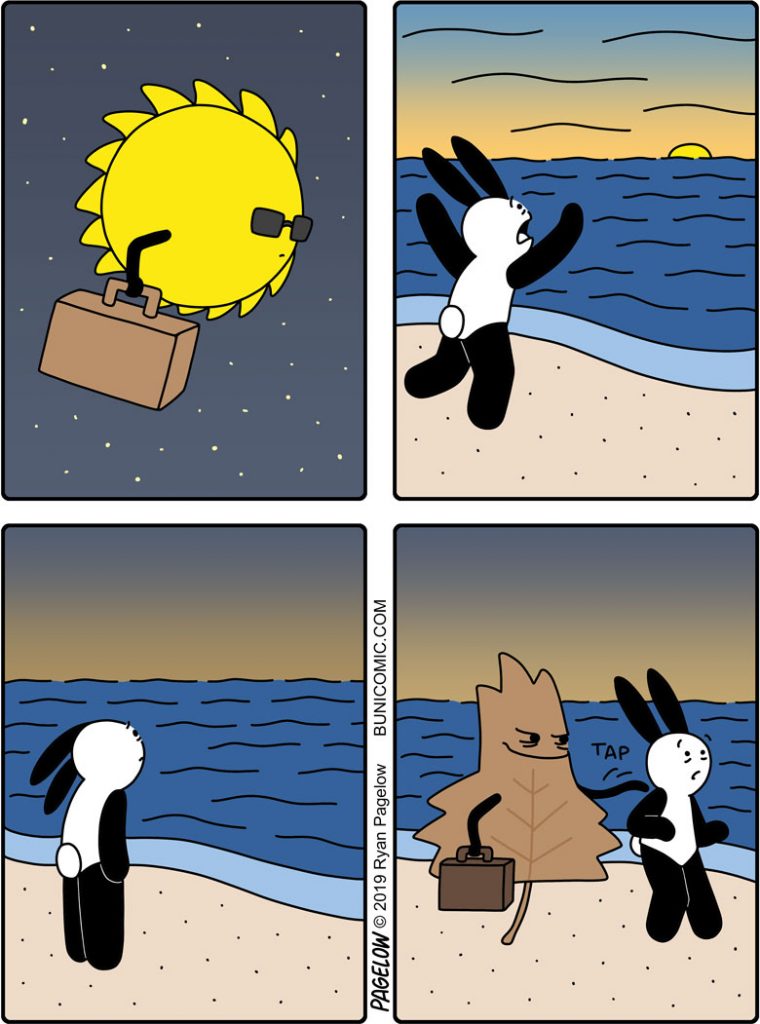 Source: Buni » Buni
Source: Buni » Buni
My year in a nutshell. Not this year—every year.
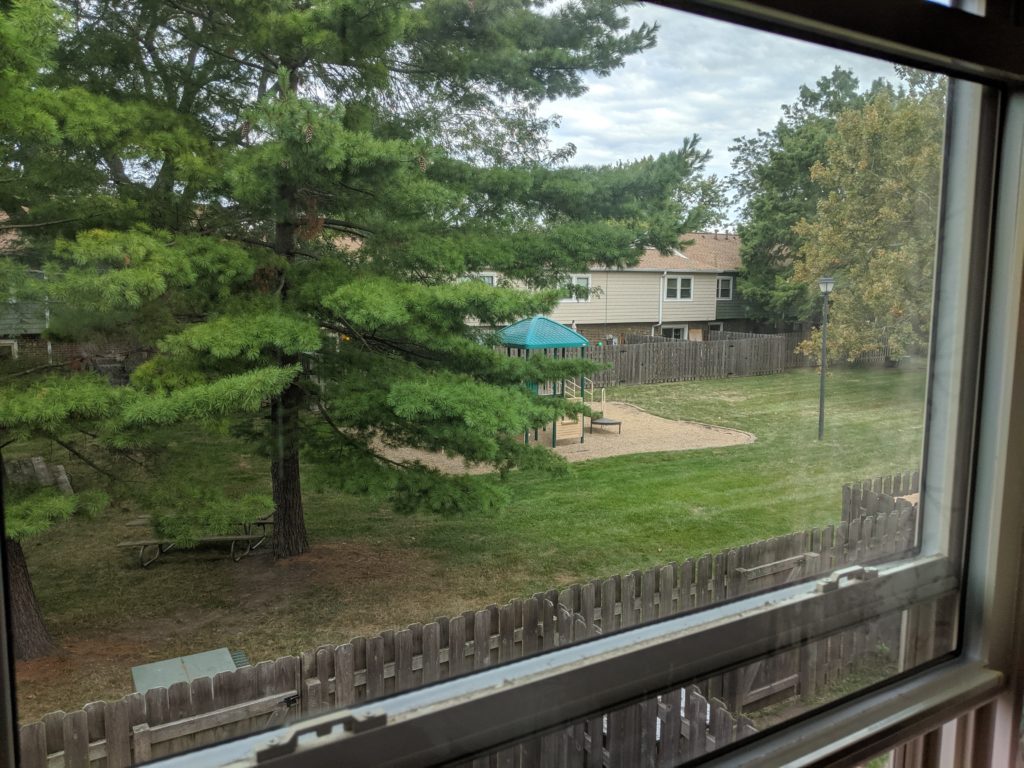
It’s the sort of deliciously cool day that would be a wonderful break from hot summer weather, if it didn’t fill me with horrible forebodings of the coming dark days of winter.
Me: It’s not even 8:00 PM yet, and it’s already nearly dark outside. I guess it is a full month since the solstice.
Jackie: Don’t go getting depressed though!
Me: No, that’s for later. Now I just get anxious that in a few months I’ll get depressed.
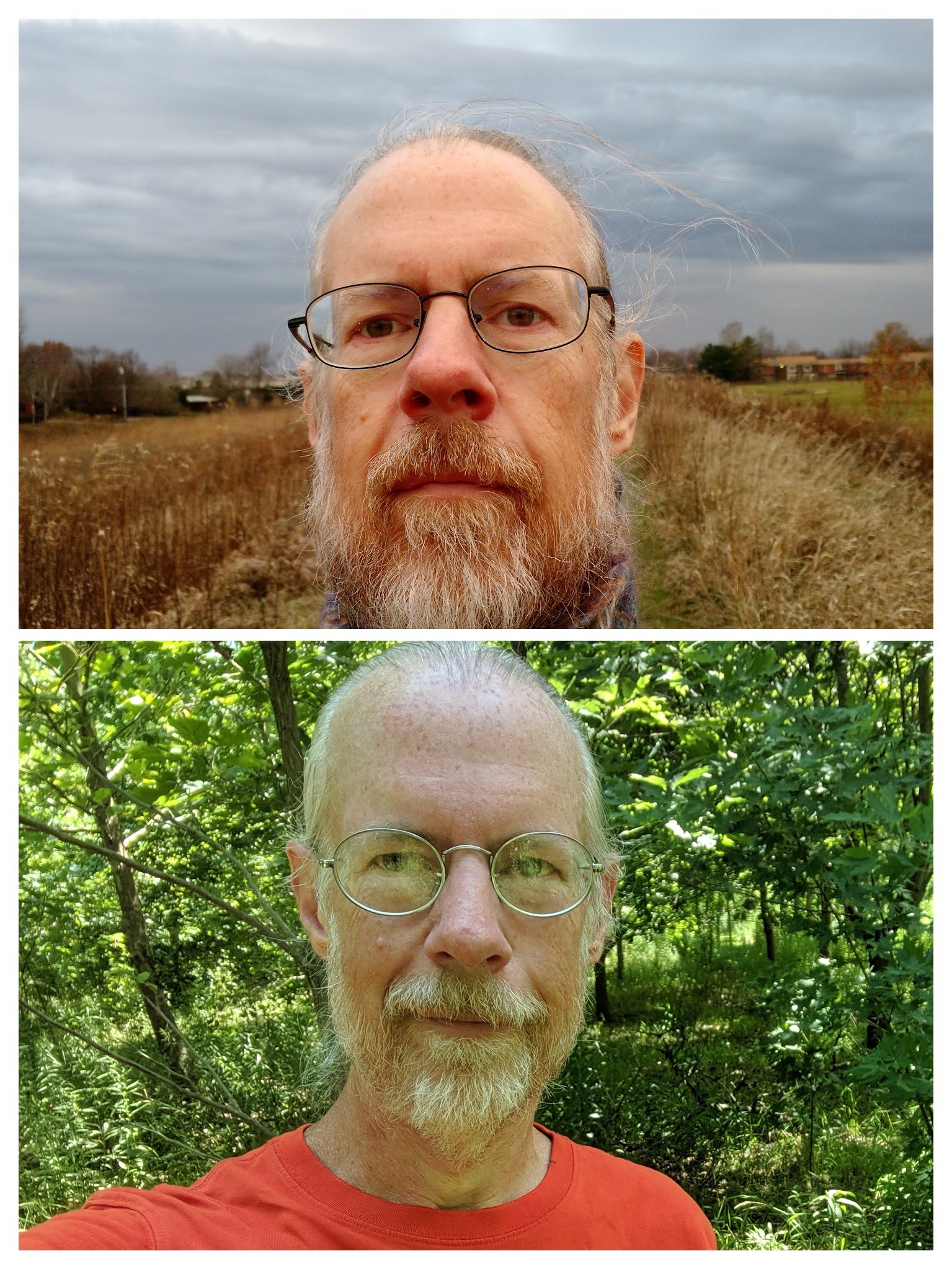
Google noticed that a selfie I took today looks kinda like one I took a few years ago. I think I must have been a little grumpy that day because of the approach of winter.
Of the many good things about spring, about now is when the lightening sky starts providing useful cues for waking up. If it’s still dark, I don’t need to check the time and can just go back to sleep. And if it’s getting light outside, it’s time to get up.
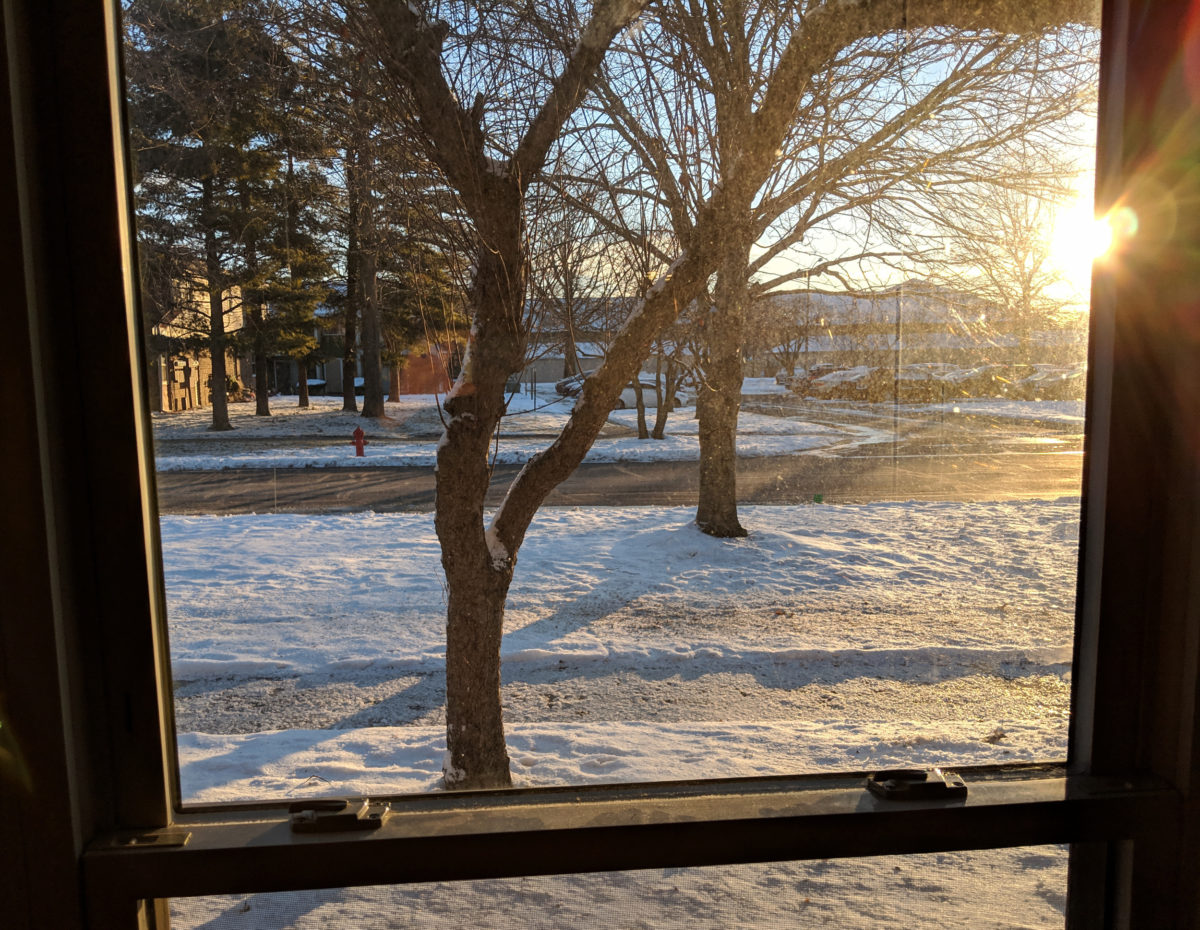
From 11:56 AM until 12:12 PM today, the sun will be high enough in the sky that its powerful actinic rays will reach the earth with enough energy for exposed skin to produce vitamin D.
Of course, the temperature around noon will be about 12℉, so I’m not expecting to have much exposed skin, but it is still nice to know that vitamin D production will be possible.
There might be an unseasonably warm and sunny day at any time this month or next, giving me a chance to make some vitamin D. And soon enough spring will come.
(Ephemeris data valid for where I live. The opening of the vitamin D window will likely be different for you.)
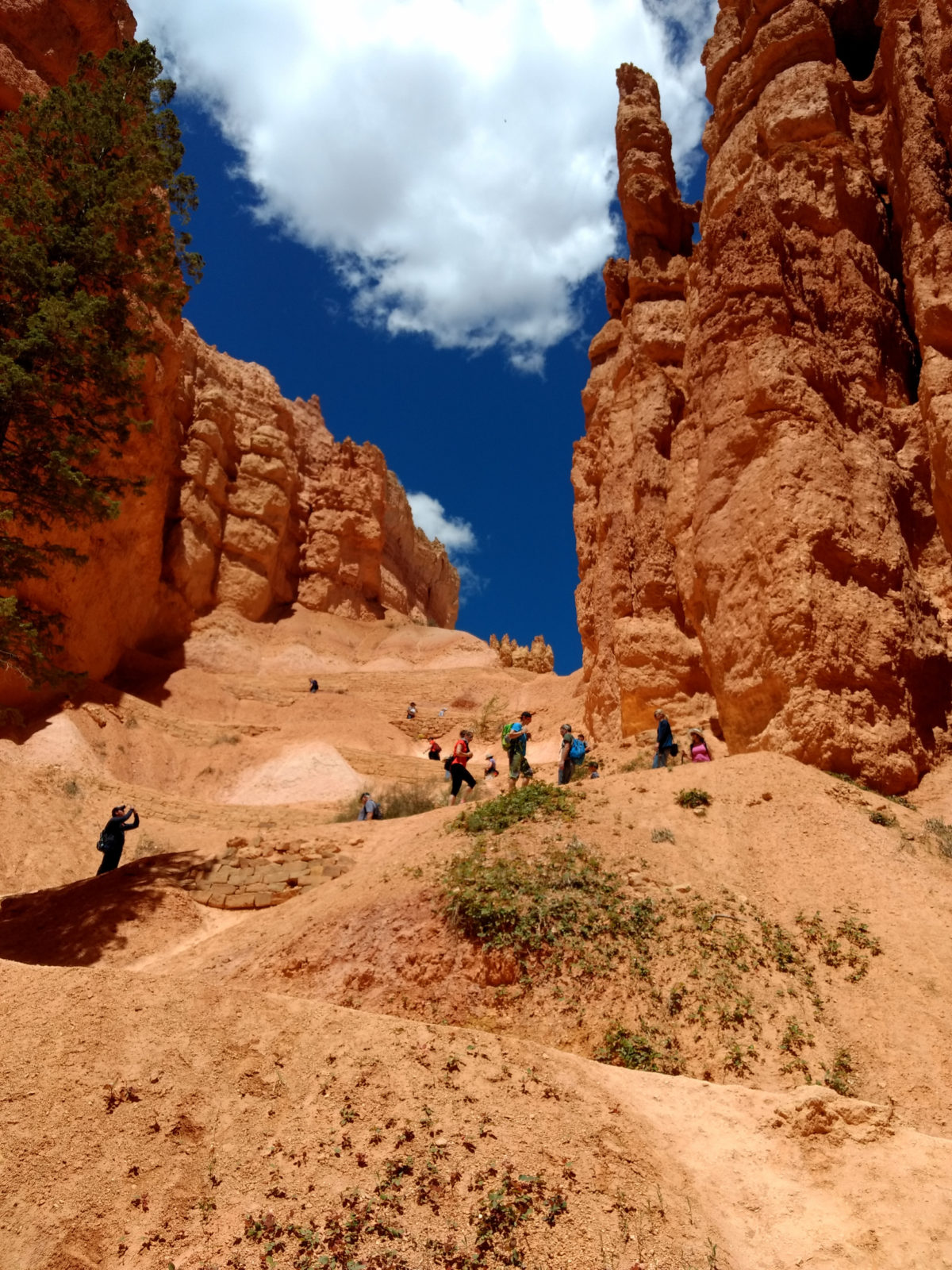
This year’s review of my movement practice will be a bit less detail-oriented than last year’s, when I included a long list of exercises, and a long list of non-exercise movement that I’d engaged in over the year. This year I exercised a bit less and moved a bit more, and came to a balance that I’m pretty happy with—that I don’t feel much urge to analyze.
I continued the winter exercise regimen that I described a year ago for the rest of the winter, but then let most of it go in favor of less-structured movement. As I say, I’m pretty happy with what I ended up doing, although the result was a decline in some of the strength increases I’d made.
Summer included a lot of solo walking (mostly in natural areas very close to home) and a lot of walking with Jackie (in a wide range of environments, including natural areas somewhat further afield).
One major piece of our walking was our big trip to Utah, where we got in plenty of hikes in Bryce Canyon, Zion Canyon, and Arches. (See image at top.) The length of any particular hike was nothing to write home about (although we did write home a bit), but the ruggedness—and especially the steepness—made the hikes very different from anything we manage at home.
Basically, summer was great—lots of time spent in the sun, lots of walking, lots of time spent with my sweetie, lots of time spent alone.
As summer transitioned to fall, I had the same problems I usually do, perhaps slightly worse this year than average because the transition seemed more abrupt, with early fall being unusually cold. Happily, late fall was no worse than early fall, and what was unusually cold for early fall is actually rather mild for early winter.
One thing I have done this fall is get back to running. In the past I’ve always meant to establish a running habit that I can carry forward into the cold months, and I have nearly always failed. This year, so far, I’m doing okay, getting in a couple of runs a week, with long runs of 5 miles or more. With just a little luck (not too icy, not too much bitter cold) I’ll be able to carry a lot more aerobic fitness into the spring than I usually manage. That would make it possible to do a spring running event, if I want.
I’ve had very good luck this year on the injury front, managing to stay healthy though the whole year.
I still teach taiji, both the beginners class and a class for continuing students, and it remains rewarding it all the ways it has been—physically (I get my own taiji in), mentally/emotionally (I get my meditation in), socially (I gather with a group of friends several times a week), and financially (admittedly in a small way).
Looking ahead, I’m rather inclined to stick with a movement focus, spending more time doing stuff (moving) and less time preparing to do stuff (exercising).
There’s something—maybe just something cultural, maybe something embedded in the human genome—but something about the cold dark days of winter prompts me to want to preserve and protect things.
I have a wooden spoon that I use to stir up Bubbles, our sourdough starter. (Folk wisdom is to avoid using metal tools with a sourdough starter.) I’ve used this spoon for many years now, and after all those years the wood was getting a bit furred.
So last week I got out some sandpaper, sanded down the rough bits, and then treated the wood with oil. I did the same thing with the wooden cutting board we use for the bread loaves.
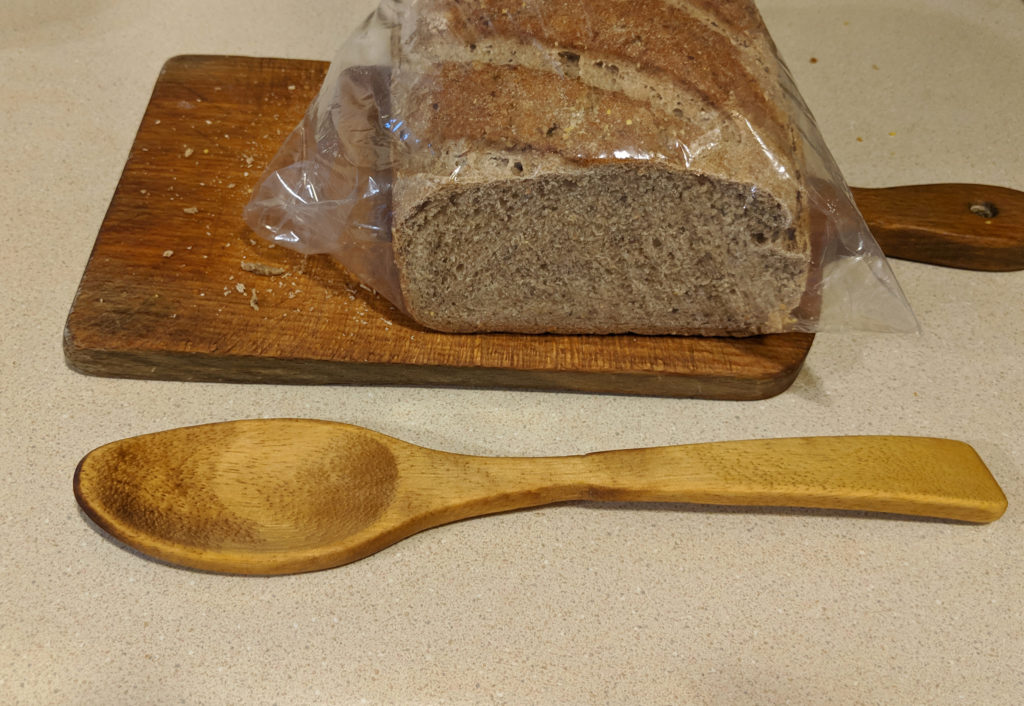
With this task in mind, I got some flaxseed oil at the grocery store, with an eye toward it being a pretty finishing oil, as well as being food-safe.
I also have a leather jacket that I got more than 25 years ago when I was learning to ride a motorcycle, and that was similarly showing its age, and also needed a nice rubbing down with oil.

For the leather jacket I used neatsfoot oil. (It’s worth following that link. Neatsfoot oil is interesting stuff.) As long as I had the neatsfoot oil out, I went ahead and oiled a pair of leather boots too.
In all these cases I’m pleased with the results—I protected and preserved something, while also making it more beautiful. But more pleasing than the results, I think, was the process. Rubbing something with oil is a simple process, but one that rewards mindfulness in a way that makes it inherently meditative.
It makes caring for your stuff into a form of self-care, in the dark days of winter.